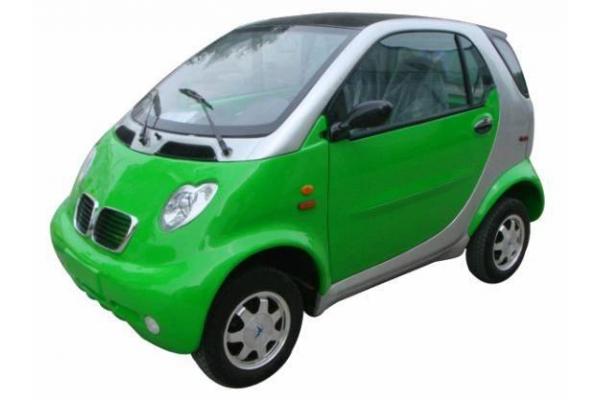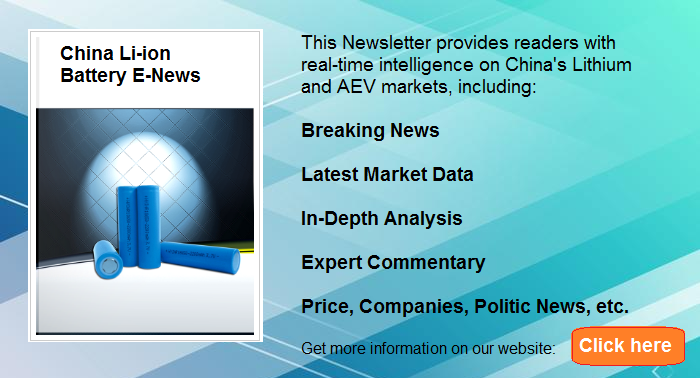Recently, several
Chinese government departments, including the Ministry of Industry and
Information, have revealed a notice regarding the subsidies for AEV. It
says that the new energy vehicle subsidy policy needs adjustment and that local
governments are prohibited from taking any protectionist measures.

In
February 2018, several Chinese government departments, including the Ministry
of Industry and Information, have revealed the Notice to Adjust and Optimize the Policy on the Fiscal Subsidy for the
Application Promotion of Alternative Energy Vehicle. According to market
intelligence firm CCM, the notice introduced the Proposal to Subsidize the Promotion of Alternative Energy Vehicle and
the Technical Requirements on Products
related to Alternative Energy Vehicle. In summary, it says that the new
energy vehicle subsidy policy needs adjustment and that local governments are
prohibited from taking any protectionist measures.
China's
2018 alternative energy vehicle (AEV) subsidies prioritize electric cars which
are able to drive long distances. Subsidies for vehicles with low ranges on the
other hand are getting phased-out soon.
It
is worth noticing, that China is putting a lot of effort on the development of
AEVs, not only because of the severe pollution problem but also because of the
country's heavy dependence on imported oil, which is seen as a key strategic
vulnerability. An auto industry plan released last year aims to set AEVs making
up all the future sales growth in the country. China is considering ending
production and sales of automobiles powered by gasoline and diesel in the near
future. Considering, that by 2020, China is projected to have around 300
million automobiles, which would surpass the current amount in the USA by 35
million, the country wants to lead the green revolution in the automobile
sector.
According
to CCM, the adjusted subsidy proposal would help stabilize the market and would
maintain normal operation of the industry chain. It is favourable for the
development of the passenger vehicle segment, it is a strong stability to the
growth of the bus segment, and it is a restriction on the blossom of the
special vehicle segment. There are five main points in the new notice.
First
of all, the central budget for subsidies
will be more limited. In 2017, a total of 800,000 AEVs were promoted
finally, which should be subsidized with around USD9.52-11.10 billion. This was
beyond the budget and was a direct cause of the subsidy decline. In fact, part
of the vehicle types was promoted at a scale beyond expectation.
Secondly,
the ministries agreed on the necessity
to purify the industry environment. After all, measurements that have been
taken against subsidy cheating around 2015 and 2016 didn't lead to the hoped
success. Up to now, there are still some opportunistic practices for subsidy
cheating. Hence it is the main target for the administration to optimize the
subsidy quota for passenger vehicle and to reduce the subsidy quota for a
commercial vehicle.
Furthermore,
the new subsidy aims to support quality
and strong enterprises and to improve the threshold. The adjustment this
time is aimed at improving the technical threshold and reducing the subsidy
quota, which increases the requirements on vehicle manufacturers and battery
makers. Now the industry enters orderly development, during which the superior
will be selected and the inferior will be eliminated. The makers who fail to
reach the requirements on performance and decrease the prices to the industry
standard will be phased out.
Fourthly,
the cost is competitiveness even though
the subsidy is decreased. That means the cost for AEV has decreased greatly
after years of development. Profits can be made from Level A vehicle, given
that the subsidy is reduced, and the price of Level A00 vehicle has fallen to a
level almost equal to a traditional vehicle. Obviously, the cost decline is a
solid foundation for the policy adjustment. Now AEV manufacturers are making
profits far higher than traditional vehicle makers.
Finally, other impacts are greater than what is
brought by fiscal subsidy. In view of the market promotion in 2017, 65% of
the passenger vehicles are gathered in cities such as Beijing, Shanghai and
Shenzhen, where the purchase is restricted. This means that the other impacts
are greater than the impact of subsidy policy.

CCM
predicts that in the year 2018, about 1.10 million AEVs will be promoted in the
domestic market. Of this, the first half will witness promotion of over 600,000
and the second half will focus on high-quality Level AB vehicle.
Industry
insiders believe that in 2018, the thresholds of the domestic power battery
business regarding both cost and technology will be improved greatly. The
battery makers who are able to offer quality products to the passenger vehicle
manufacturers will step into quick development and the differentiation will
grow clearer. The makers who fail to meet the demand from passenger vehicle
manufacturers are expected to seek breakthroughs in the field of logistics
vehicle or to carry out business activities in new fields such as energy
storage. Otherwise, huge pressure and challenges will face them.
About the article
The
information for this article is provided by CCM, China's leading market
intelligence provider for the fields of agriculture, chemicals, food and feed.
Join
the discussion by visiting our LinkedIn and Facebook groups.
Follow
CCM on Twitter: @CCM_Kcomber